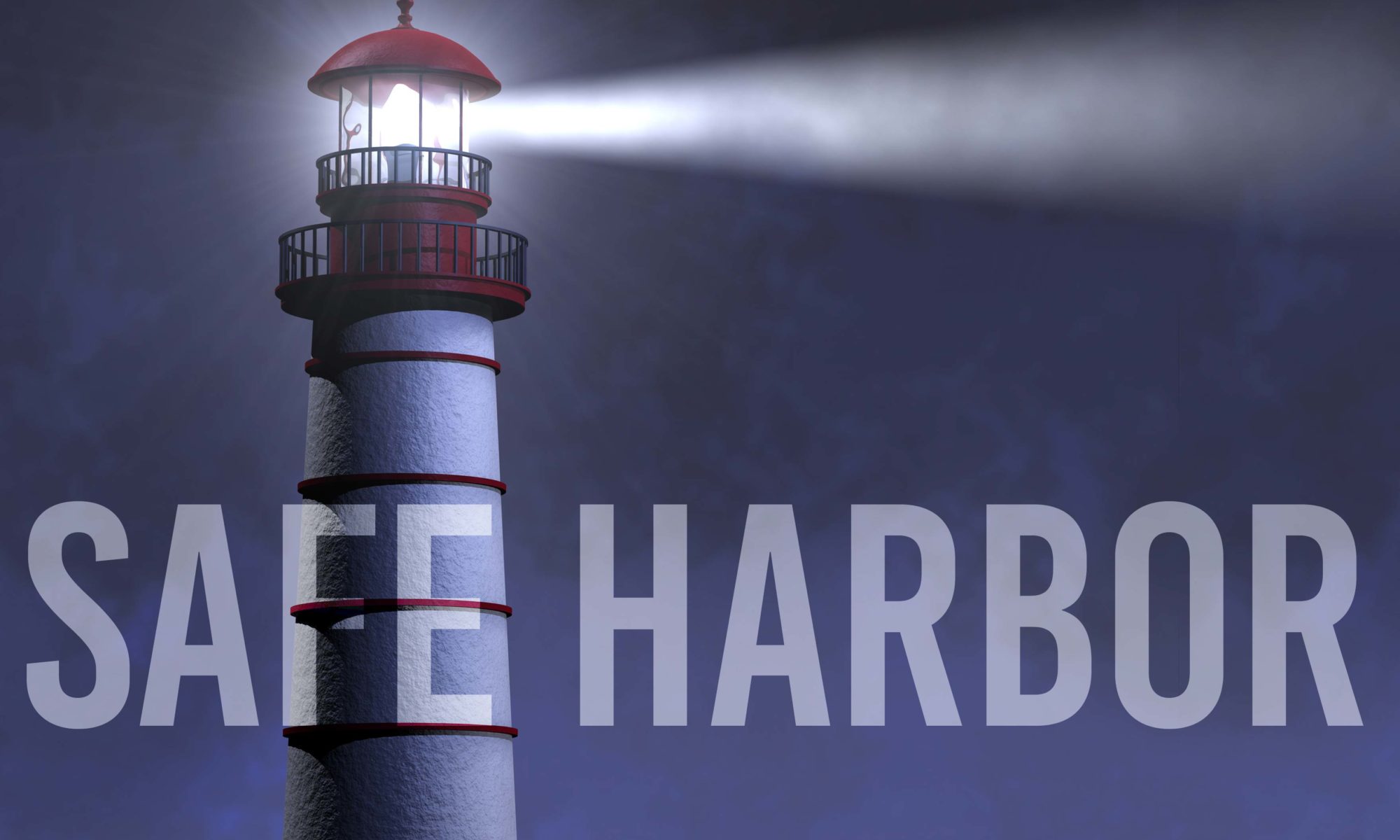Have you been talking with prospective clients about adopting a new 401(k) plan? Even in today’s environment, many businesses are thriving and want to secure deductions for the 2020 Tax Year. If so, the deadline for adopting a safe harbor 401(k) plan for 2020 is fast approaching, so it would be a great time to schedule a follow-up conversation!
Safe harbor 401(k) plans are attractive for many employers (especially small employers) because they provide relief from certain plan testing requirements. Specifically, a safe harbor plan is generally exempt from ADP/ACP testing enabling the plan’s highly compensated employees to maximize elective deferrals, i.e. 401(k) deferrals/Roth contributions, without limitation. Safe harbor plans may also be exempt from the top-heavy requirements if certain conditions are met.
What is the deadline for adopting a safe harbor 401(k) plan?
In general, the deadline for adopting a new safe harbor 401(k) plan is October 1, 2020. There are, however, certain notice requirements that must be satisfied, and eligible employees must be provided a reasonable period of time to make their deferral elections. In a new plan, the rule is that all eligible employees must have at least three months to make elective deferrals under the plan, so planning ahead is key! Remember, most investment platforms take 30-45 days to be ready to accept contributions.
Are there limits on the amounts that can be deferred?
No. There are no restrictions (other than the normal limits) placed on the amounts that can be deferred during this three-month period. As a result, owners, key employees and any other participants would still have time to make elective deferrals of $19,500 (plus $6,500 for participants age 50 or older). This, of course, assumes they will have enough compensation to do so within this time period.
What are the contribution requirements?
The plan must make either a safe harbor matching or safe harbor nonelective contribution.
The basic safe harbor matching contribution formula is 100% on the first 3% of deferrals, plus 50% on the next 2% (maximum of 4% match). Alternatively, an enhanced safe harbor matching formula can be used, which is most commonly 100% on the first 4% of deferrals.
Safe harbor nonelective contributions must be at least 3% of each participant’s compensation, regardless of whether they elect to make deferrals.
Note that safe harbor contributions (match or nonelective) must be 100% vested, subject to the same distribution restrictions as elective deferrals, and cannot be subject to any allocation conditions, e.g. employment on the last day of the plan year.
Tax credit available for Small Employers
As an incentive to establish a new 401(k) plan, the SECURE Act added provisions for small employers (generally, businesses with no more than 100 employees) to receive a tax credit of up to $5,000 (per year, for the first three years) to help defray the costs associated with establishing and maintaining a plan. An additional credit of $500 per year is available for new or existing plans adding an automatic enrollment feature.
Which design is best?
One-size does not fit all. It really depends on the goals of the employer and demographics of the workforce. Although the SECURE Act made changes to the Safe Harbor Non-elective plan design, the plan must still be in effect for at least three months. The good news is that we can assist you in determining what will work best for your clients after considering their unique needs! Please contact us to learn more.
If you would like to learn more about these rules, please contact us and we will be happy to assist you.


